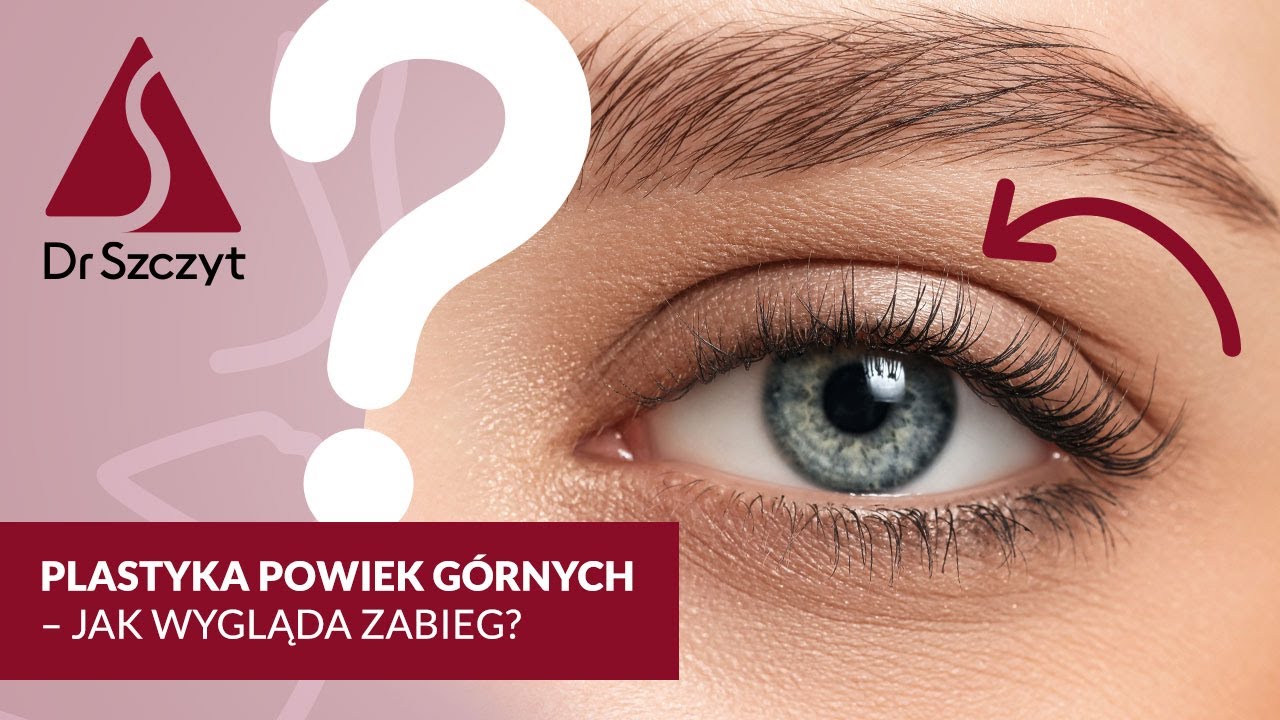What are the uses of canotopexy?

Over the years, the skin around the eyes loses elasticity, and drooping eyelids give the face a tired and sometimes sad expression. Canthopexy is a modern surgical procedure that effectively improves the contour of the lower eyelids, and restores a younger and more rested appearance to the entire face. With the method, it is possible to subtly lift the corners of the eyes and improve the overall harmony of the face, which is an effective solution for those wishing to rejuvenate the appearance of the eye area and restore its beautiful appearance.
What is cantopexy?
Canthopexy is a surgical procedure that aims to improve the aesthetics of the corners of the eyes. By lifting the outer corner of the eye, patients can achieve a younger and more radiant appearance. The procedure is especially recommended for people who notice drooping of the corners of the eyes, which is usually the result of natural aging processes or genetic predisposition.
What are the goals of cantopexy?
Canthopexy aims to improve the aesthetics of the eye area by precisely lifting the outer corner of the eyelid. In addition, canthopexy effectively improves the skin tone around the eyes, reducing wrinkles and sagging skin, one of the main signs of aging. The result is not only a rejuvenated appearance, but also improved facial harmony, with subtle but visible results.
Who should consider cantopexy?
- Middle-aged people. With age, the skin around the eyes loses its elasticity and firmness, leading to drooping corners. Canthopexy restores a younger appearance and improves skin tone, eliminating signs of aging.
- Individuals with a genetic predisposition. Some people have naturally lower eye corners, which can compound the impression of a sad or tired facial expression. Canthopexy in such cases helps to improve facial proportions and open up the gaze.
- People with signs of fatigue. Drooping eyelids make the face look devoid of energy. The treatment restores a fresh look, lifting the eye area and giving the face a more rested expression.
Canthopexy is ideal for patients who want to improve the appearance of the eyelids and rejuvenate the look, regardless of age or the cause of the problem.
Contraindications to the procedure
Although canthopexy is a safe procedure, there are contraindications that exclude the patient:
- Eye diseases, such as glaucoma or retinal detachment,
- systemic diseases, such as diabetes, hypertension or heart disease, especially if their course is not controlled,
- Infections in the eye area.
How does cantopexy work?
Before undergoing a canthopexy procedure, the patient should have a detailed medical consultation, during which the doctor will carefully assess the condition and discuss expectations. It is important to understand the purpose of the procedure and how it will be performed, so at this stage the doctor will suggest the appropriate method and discuss possible results. In some cases, additional tests may be necessary, such as a blood count or other diagnostic tests.
The course of the operation
The canthopexy procedure is usually performed under local anesthesia. The surgeon makes a precise incision near the lower eyelid, which allows access to the lateral ligament. This ligament is then attached to the bony edge of the orbit, resulting in lifting the corner of the eye and improving skin tone. The entire procedure usually takes between 30 and 60 minutes, so it is relatively short and minimally invasive.
After treatment
Swelling and bruising around the eyelids may occur after surgery, which usually subsides within a few days, so avoid hot baths, saunas and swimming pools. In most cases, patients can return to daily activities in a short period of time - recovery after canthopexy usually takes 1 to 2 weeks - although it is advisable to avoid strenuous exercise for a few weeks to aid the healing process and reduce the risk of complications. It is worth remembering that proper post-operative care and following your doctor's instructions will help you achieve the best results from the procedure.
Short-term and long-term effects of canotopexy
Immediately after the procedure, patients may notice significant improvements in their appearance, including:
- lifting the corner of the eye, giving the face a more open and rested look,
- A younger and fresher appearance of the face, which eliminates the effect of fatigue and signs of aging,
- Reduce the appearance of wrinkles, especially in the lower eyelid area, which improves the overall smoothness of the skin.
After the full healing process, which usually takes 2 to 3 months, the results of canthopexy will be even more pronounced. Then patients can enjoy:
- long-lasting lifting effect that lasts for many years, making the skin around the eyes look younger and firmer,
- improving the overall aesthetics of the face, which contributes to a more harmonious appearance and better facial proportions.
Canthopexy is an effective method that produces natural, subtle results, improving the appearance of the eyes and the entire face while maintaining a younger, rested appearance for longer.
Read also: Blepharoplasty - what results can be achieved after eyelid correction surgery?
Cantopexy vs. other treatments
Canthopexy is not the only procedure that improves the appearance of the eye area. Plastic surgery also offers blepharoplasty, but it differs in scope and goals.
Canthopexy mainly focuses on lifting the outer corner of the eye, which gives the face a more open, younger look. This procedure is especially recommended for people who struggle with drooping of the corners of the eyes, which is a natural result of the aging process. Canthopexy does not involve removing excess skin, but rather lifting and tightening the skin structure around the eyes.
Blepharoplasty, on the other hand, is a procedure that involves a broader range of activities, including the removal of excess skin and fatty tissue from the eyelids, both upper and lower. Blepharoplasty can help combat drooping eyelids that impede vision, as well as improve the overall appearance of the eyelids by eliminating the appearance of fatigue.
Canthopexy vs. facelift
Canthopexy can be part of a more comprehensive facelift procedure, which includes improving the appearance of the entire lower face and cheeks as well. When combined with a midfacelift, canthopexy significantly improves the proportions of the face, giving it a more youthful and harmonious appearance.
FAQ
How long do the effects of cantopexy last?
The effects of canthopexy are long-lasting and usually visible for many years, but the natural aging process, as well as your lifestyle, can affect their appearance.
What are the possible complications after canthopexy?
Although the risk of complications is low, infections, bleeding or allergic reactions to drugs can occur. In rare cases, there are vision-related complications, such as double vision.
Can cantopexy be performed on its own?
Yes, canthopexy can be performed as a stand-alone procedure or in combination with other aesthetic medicine and plastic surgery procedures, such as blepharoplasty. Many people opt for this surgery as part of a comprehensive facial rejuvenation.
With what treatments can cantopexy be combined?
- Combining canthopexy with blepharoplasty, a procedure to remove excess skin and fat from the eyelids, is one of the most common choices.
- If the goal is to improve overall facial aesthetics, a facelift (facelift) is an excellent complement to canthopexy.
- Combining midfacelift with canthopexy allows for a more consistent lifting effect, where the entire face, from the eye area to the lower cheeks, looks younger and more radiant.
- Needle mesotherapy with platelet-rich plasma (PRP) or other nutrients is a good adjunct to canthopexy to improve skin hydration and elasticity in the eye area.
- Canthopexy is often combined with Botox and other filler treatments, such as hyaluronic acid. Botox is effective in smoothing wrinkles in the eye area (such as crow's feet), while fillers improve volume in the temple area or lower face, such as the tear valley.
- Laser skin rejuvenation treatments (e.g., CO2, erbium fractional laser) also synergize with the effect achieved after canthopexy.














